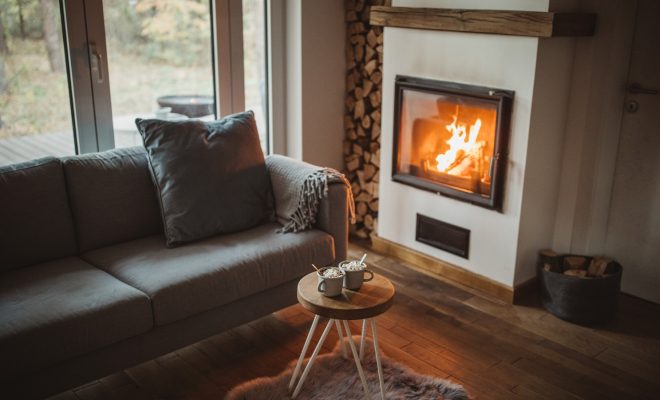3 Ways to Remove Rusted Screws

Introduction
Rusted screws can be a common problem, especially in areas with high humidity or in older structures where the screws have been exposed to moisture for a longer period of time. They can become stubborn and difficult to remove, causing frustration for homeowners, builders, and DIY enthusiasts. In this article, we will explore three effective methods to tackle rusted screws and help you remove them with ease.
1. Using a Screwdriver and Pliers
This is a simple method to remove rusted screws using common hand tools. The steps are as follows:
– First, clean the area around the rusted screw with a wire brush or steel wool. This will remove any loose rust particles and provide better access to the screw head.
– Next, use a flat-head screwdriver to apply some penetrating oil, like WD-40, onto the screw head. Let the oil sit for about 10-15 minutes. This will help loosen up the rust and make it easier for the screwdriver to grip the head.
– After allowing the oil to work its magic, use a suitable size Phillips or flat-head screwdriver (depending on the screw type), to try and unscrew it. Apply constant pressure while turning counterclockwise.
– If the screw still refuses to budge, grab a pair of pliers or locking wrench to hold on to the outer edges of the screw head while simultaneously turning it with your other hand using a screwdriver.
2. Heating Technique
This method relies on heat which helps in expansion and contraction of metal, making it easier for rusted screws to loosen up.
– First, clean off any loose rust from around the screw head with a wire brush.
– Using a propane torch or butane lighter, slowly heat up the area surrounding the screw head. Be cautious while doing this – direct contact with the flame may damage your surface or cause paint to bubble. Heat in short intervals to avoid damaging the surrounding material.
– Allow the heated area to cool down for a minute, and then attempt to unscrew the rusted screw while it is still warm. As it cools, the metal contracts and often breaks the rust bond, allowing for easier removal.
3. Using Left Hand Drill Bits
Left-hand drill bits are designed to turn counterclockwise, which helps in extracting screws.
– First, make sure that you have a set of left-handed drill bits and a power drill ready.
– Ensure that the area around the screw head is clean from rust particles.
– Use a center punch or small nail to create an indentation at the center of the screw head. This will help keep your drill bit from slipping.
– Insert a small left-hand drill bit into your power drill and insert it into the indentation on the screw head.
– Carefully begin drilling into the screw while applying pressure in a counterclockwise direction. As you get deeper, you may notice that the drill bit catches onto the screw and begins unscrewing it.
Conclusion
Removing rusted screws can be challenging, but with these three techniques at your disposal, you’ll be better equipped to tackle this problem. It’s always good practice to use proper PPE (personal protective equipment) such as gloves and safety goggles when working with tools to ensure your safety. Remember, patience is key; if one method doesn’t work, take a deep breath and try another approach – you’ll get it eventually!

